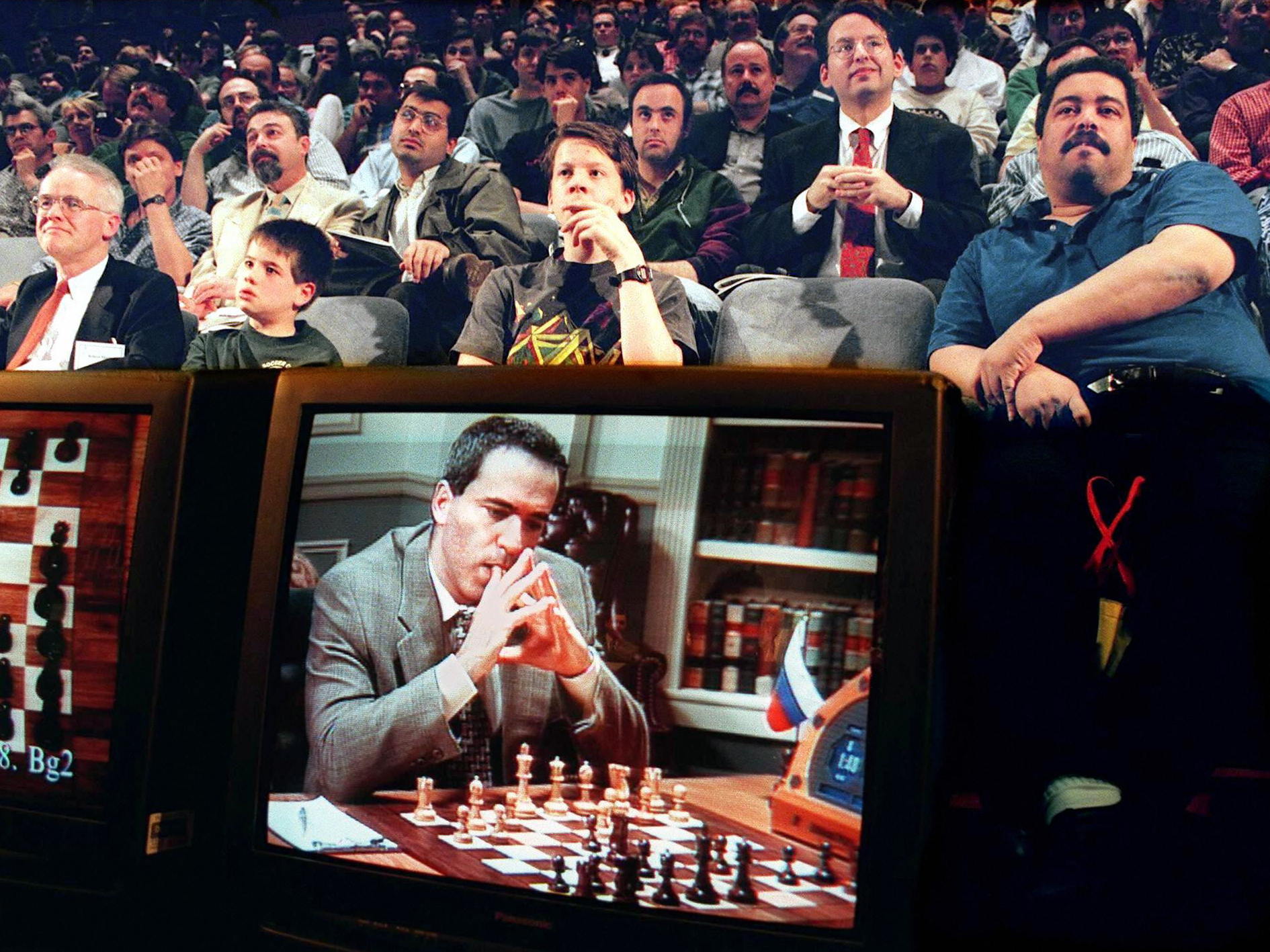
Indeed, after this point it is difficult to identify any move that will dramatically help Black.Ģ6. Ne7 Rxc8+ would have been better, though White would still have some advantage.

Kasparov attempts to prepare a counter-attack by preparing to move his rook to the g file, but it will not work. Kasparov has been attacking White's d-pawn, and the computer wisely decides to advance it for an attack instead of trying to defend it. d5 himself in this position, since it hurts Black's pawn structure and opens up the board, and Black's exposed king suggests that there is probably a way to exploit the result. Indeed, Kasparov commented that he might have played 23. This type of pawn sacrifice is typical of Kasparov's style of play. This is an excellent place for White's queen. Note that Kasparov's king is now far more exposed.ġ9. Qxf6? because White would gain material with 19. Bg5īlack now has a problem, especially with the pinned knight on f6. Other moves, which would probably be better, include Qb8 and Qd5.ġ4. This allows White to make its pieces more active. After this move, the computer left its opening book and began calculating its next move. This was a new approach by Kasparov, developing the bishop in an unusual way. Nf3, but Kasparov has deep experience with that line, so White's opening book goes in a different direction.Ģ. It is given here in algebraic chess notation.


The game was played on Februin Philadelphia, Pennsylvania. Kasparov promptly challenged IBM to a rematch, but having scored a publicity coup, IBM promptly "retired" the machine and declined.

The overall increase in playing strength of Deep Blue between the first match and the second match was deemed minimal, though, as Kasparov suffered a bout of paranoia regarding the machine's strength, and played below his potential. In the 1997 rematch, Deep Blue managed to win two games to Kasparov's one, taking the match 3.5 to 2.5. Deep Blue won this game, but Kasparov rebounded over the following 5 games to win 3 and draw 2, soundly beating the machine in the 1996 match. It was the first game to be won by a chess-playing computer against a reigning world champion under normal chess tournament conditions (in particular, normal time controls).ĭeep Blue was a computer developed by IBM to beat Garry Kasparov, considered by some to be the greatest chess player ever. Deep Blue - Kasparov, 1996, Game 1 is a famous chess game.


 0 kommentar(er)
0 kommentar(er)
